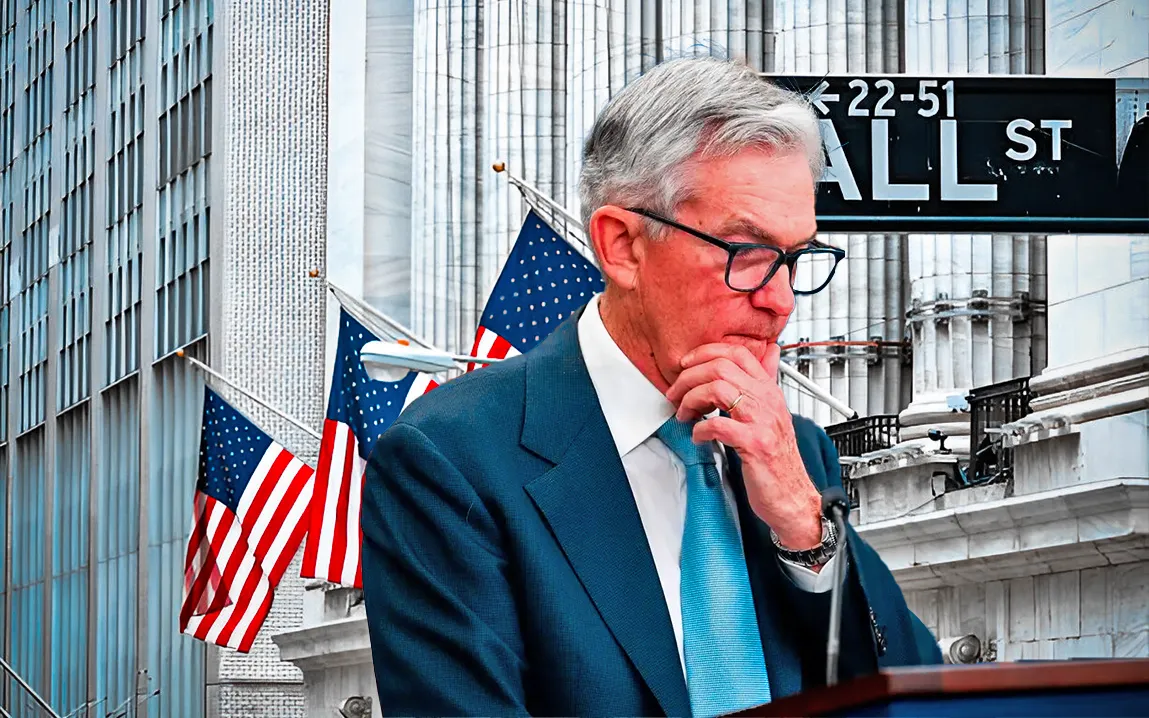On October 9, 2024, U.S. stock markets saw varying performances as investors anticipated the Federal Reserve’s September meeting minutes for more insights on the direction of interest rate policy. Key indices such as the S&P 500 and Dow Jones experienced moderate increases, whereas the Nasdaq fell into negative territory. There was also an increase in bond yields.
Traders are closely watching the minutes to see if the Fed will go ahead with a 0.25% rate cut in November. This arises due to a September jobs report that exceeded expectations, forcing the central bank to navigate between controlling inflation and fostering economic growth. Market analysts anticipate that the Federal Reserve will start reducing rates in smaller steps, with forecasts indicating a decrease of 25 basis points. Nevertheless, the likelihood of a substantial 50-basis-point reduction has greatly decreased.
The chief economist of UBS Global Wealth Management, Paul Donovan, mentioned that the Federal Reserve is still dealing with the consequences of previous inflation and might have to speed up easing actions in the upcoming months. Certain analysts have proposed that the Federal Reserve might be giving too much importance to the current economic robustness and ignoring the future consequences of past increases in interest rates. The forthcoming CPI report, scheduled for October 10, will have a significant impact on determining the Fed’s future actions.
Aside from rumors of a rate cut, the market was also impacted by the possibility of the U.S. Department of Justice intervening to split up Alphabet, Google’s parent company. Alphabet’s stocks decreased by 1% during early trading after the announcement.
Traders are preparing for additional market volatility as they anticipate more fluctuations in response to economic data and corporate news, particularly with the upcoming focus on inflation data later in the week.
The U.S. stock market is carefully managing the interaction of Federal Reserve interest rate choices and overall economic signals, as investors watch closely for the effects of future policy changes on inflation and growth trends.




